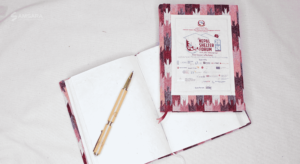Nepal has always been an import-driven country. As Sujeev Shakya mentioned in his book “Unleashing Nepal”, in 1960s while other countries were developing their manufacturing plant for high scale production to increase the export potential, Nepalese businessmen were importing products from other Asian countries and exporting India; obviously, it backfired. These sort of activities is still practiced today.
In the span of 20 years, Nepal never had a stable government. The continuous cycle of changing the government was never able to create stable policies that prioritized export. The importance of export was only limited to paper and speeches. This turmoil also impacted the early business setup of Nepal. The reason behind Nepal having a trade deficit of billions of rupees is a reason with a mixture of various ingredients of an unpleasant dish.
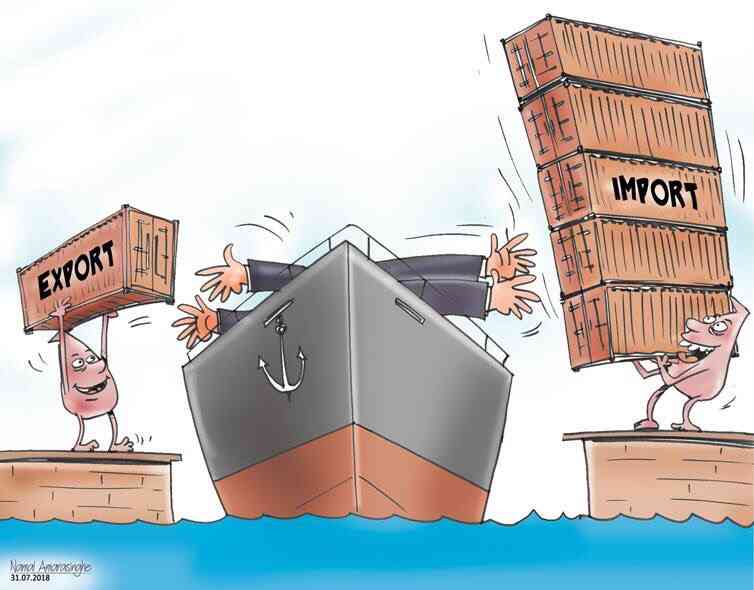
The decades of informal business setup can be clearly reflected through our trade statistics. In 2003, the foreign trade of Nepal was NRs 190 billion, with import of NRs 136.27 billion and export of NRs 53.91 billion; a trade deficit of NRs 82.36 billion. During this period, the budget of Nepal was NRs 102.4 billion. In 2018, the annual budget of Nepal was 1315.16 billion; ten times the budget of 2003. But, we were barely about to double our export in span of 15 years. On the contrary, the import increased by 800% making Nepal an import-dependent country, majorly captured by India.
Despite decades of political turmoil that reflected on our finances, Nepal has the opportunity to establish itself as one of the major textile exporters in South Asia. For many South Asian countries, the textile industry has been the backbone of their economy. Countries like Bangladesh, Pakistan, and Sri Lanka, etc. have an economy where textile industry contributes significantly to their annual GDP.
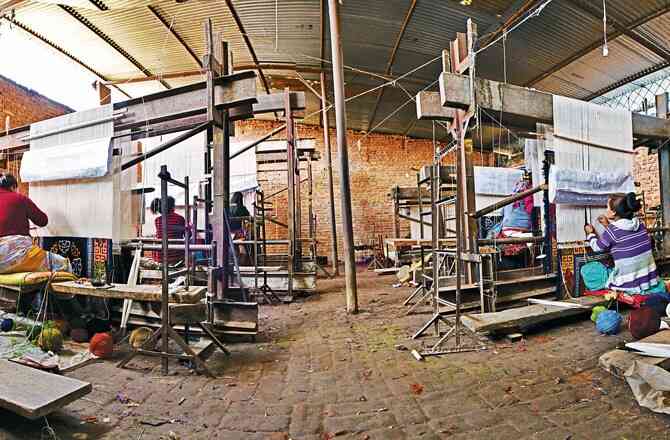
Nepal is also trying to establish itself as one of the major textile manufacturers in South Asia. In FY 2017/18, the United States was the second-largest export market for Nepal, consisting of 11.3% of total export; India accounts for 57.5%. The major imports were knotted carpets, felt products, shawls and scarves, and other handicraft products. Also, Nepal is the 4th largest exporter of knotted carpets in the world. And, there is a lot more to achieve in the coming years.
The textile industry is one of the major polluters and carbon emitters with a history of labour exploitation that continues to this day. In Nepal, there are only a few textile industries, and the scale is far less compared to countries like Bangladesh, Sri Lanka, India, and others. So, Nepal has an opportunity to establish itself as the country that prioritizes eco-friendly textiles. With abundant amounts of plants like nettle, hemp, jute, etc. Nepal can establish itself as one of the largest exporters of eco-friendly textiles in the South Asian market. The collaboration with local artisans can help us achieve new heights of design, quality, scalability, and sustainability.
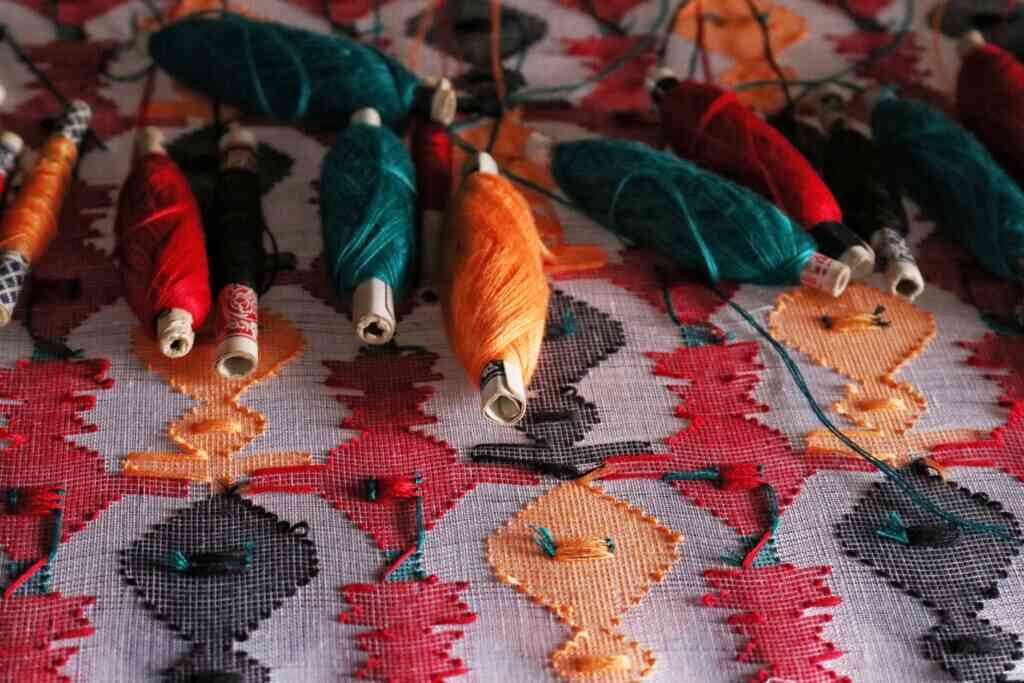
Currently, there are a lot of manufacturers in Nepal who have excelled at weaving and knitting using traditional machines like handloom. The labour market of Nepal is filled with local artisans who have a historical significance that continues to this day. By utilizing this workforce who excel at traditional art technology, many businessmen have been able to produce eco-friendly textiles by sourcing fibers from hemp or nettle. Nepal’s annual export of jute was 3.15 billion, and pashmina was 2.27 billion. With so much potential, the scale of export of other fabrics is far less than it should be.
For instance: in the past 5 years, Nepal’s annual export of hemp fabrics/products was NRs 12.42 million, silk fabric — 1.1 million, linen — 68.16 million, allo — 1 million. Dhaka is the most popular textile in Nepal that represents our culture and rich history. But Nepal was only able to export Dhaka worth 3–5 million in a year. When we visited numerous Dhaka Udhyog in Palpa, the market was only limited to Palpa and Kathmandu. Due to the absence of proper market channels, they were not able to export Dhaka fabrics on a huge scale. There are a lot of manufacturers and skilled artisans in different parts of Nepal who are in need of proper stable market channels.
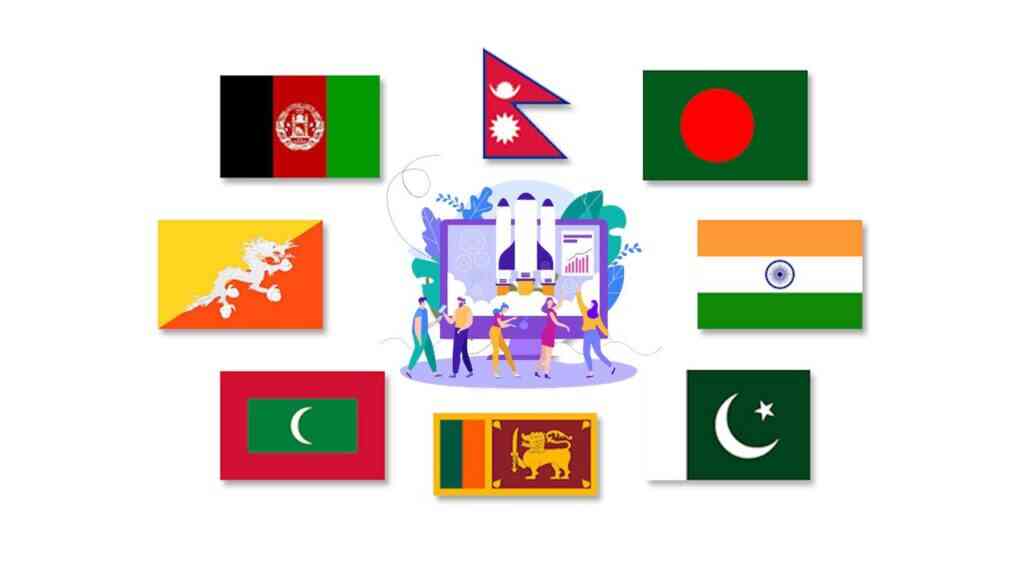
Currently, many new startups are trying to promote local artisans and creating employment opportunities by channelizing their products. But this has been limited to domestic markets. Most of the export channels of Nepalese manufacturers are established with the help of foreigners who have visited Nepal. It has indeed created an export base for many local manufacturers but they are heavily reliant on foreign networks. Due to this, the manufacturers have not received the right pricing for the products.
To scale our export to its potential, startups need to build market channels on their own. This will make them self-reliant and receive the true value of its products and services. For this scalability, it is important to collaborate with local manufacturers of Nepal and provide them the market prospect. The market prospect should not be focused only on western countries. As most of the South Asian countries have similar cultural values and traditions, we should be utilized by creating proper networks and relationships for a sustainable future.
In order to achieve this, startup communities should also reach out to each other and have a discussion about cross-boundary collaborations. Only by doing so, the sustainability sector can truly prosper where traditional skills and technologies will also be preserved with a lot of people receiving employment opportunities. This will be a great step for Nepal’s textile industry.



